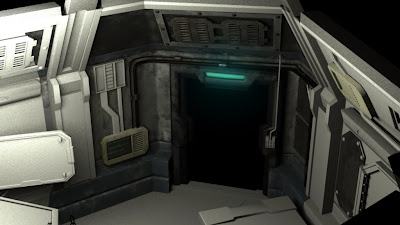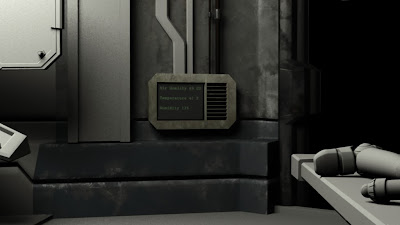I'd been wondering how to get multiple materials appearing on single objects with the mia_material_x shader while texturing Anna and Six.
I kept asking to have objects that would have different surface materials as separate objects. This worked fine to a point but it cluttered up the outliner and made things muddier than they had to be.
With default shaders the look of the surface can be controlled fairly well with maps in the specular and reflection colour channels. I've been predominately using mia_material_x shaders for current projects but I'll look into using default shaders in more detail shortly.
The layered texture node lets you stack multiple mia_materials and then apply them to a surface through a surface shader.
 |
| An example of a shading network using this material. This is for the small radiator. It has seperate materials for the screen the base texture and the dirt. |
In the above network, each material has it's own alpha mask as well which is plugged in to the alpha channel on that layer on the layered shader. This allows you to control which areas of the model will be affected by which material.





No comments:
Post a Comment